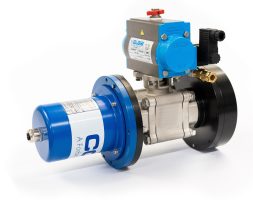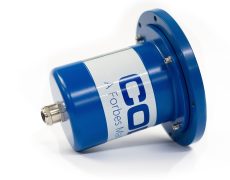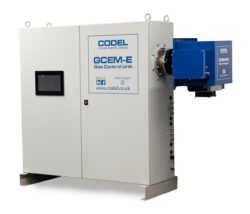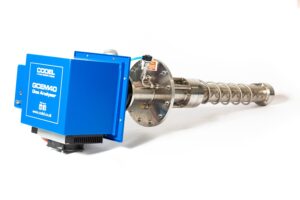The requirement for SCR & SNCR (DeNOx)
For decades coal has been the fuel of choice for the majority of power stations around the world and also happens to be the most pollutant. The environmental regulation in Europe, China and India has stringent emission limits. Therefore coal fired power stations are finding it increasingly difficult and expensive to comply with and subsequently employing such systems as SCR and SNCR.
Selective catalytic reduction (SCR) systems are typically found on small and large boilers, gas turbines, diesel engines and even automobiles. Subsequently this has shown a reduction in NOx by 70-95%. NOx are one of the primary pollutants generated in a fossil fuel combustion process, their presence in the atmosphere has a negative impact on the environment (smog, acid rain, reduced visibility) and human health (respiratory problems) therefore this very same NOx reducing technology is applied to power stations all around the world.
How it works
In the combustion process nitrogen reacts with oxygen in high temperature conditions to produce nitrogen oxides (NOx). Total NOx production is the sum of nitrogen monoxide NO and nitrogen dioxide NO2. Emission limits for NOx require plants to run DeNOx process in order to reduce NOx emissions below allowable limits.
The Nitrogen oxides concentration in the flue gas which can be effectively reduced by reacting them with ammonia water, or urea in high temperature. Ammonia/Urea reacts with both nitrogen monoxide NO and nitrogen dioxide NO2 to produce nitrogen N2 and water vapor H2O, and CO2 when Urea is used. SCR DeNOx installations are common for large coal fired power station, SNCR technology can often be found in small to mid-size incineration plants, and power stations utilising CFB boilers.
What we do
In order to control both SCR and SNCR systems, these processes require monitoring throughout. CODEL offer a range of products that can monitor both input and output gases, flow & dust emissions reliably and accurately using the very latest technology.
SNCR Process
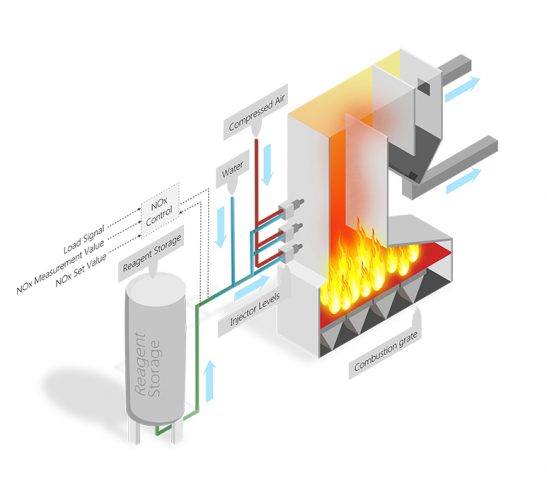
SCR Process
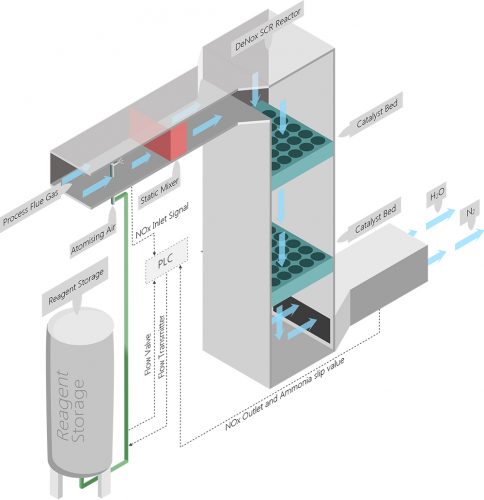
Suitable Products
The DCEM2100 is a dual-pass transmissometer configured for the continuous measurement of opacity and dust concentration in flue gases.
CODEL’s unique flow monitors measure the velocity of stack gases using a highly accurate time of flight measurement that is derived from a cross correlation analysis of the infra-red emissions of the turbulent gas.
Gas Flow
The GCEM40E hot extractive multi-channel gas analyser is CODEL’s industry-proven continuous emissions monitor for difficult applications
CO, NOx, SO2, HCl, CH4, CO2 & H2O
The GCEM40 analyser is an in-situ device which is cost-effective, low maintenance and designed both for process control and emissions monitoring.
CO, NOx, SO2, HCl, CH4, CO2 & H2O
Ask a question
For further information on any of our products, please complete our enquiry form and a member of staff will respond as soon as possible.
You can also call: +44(0)1629 814351

